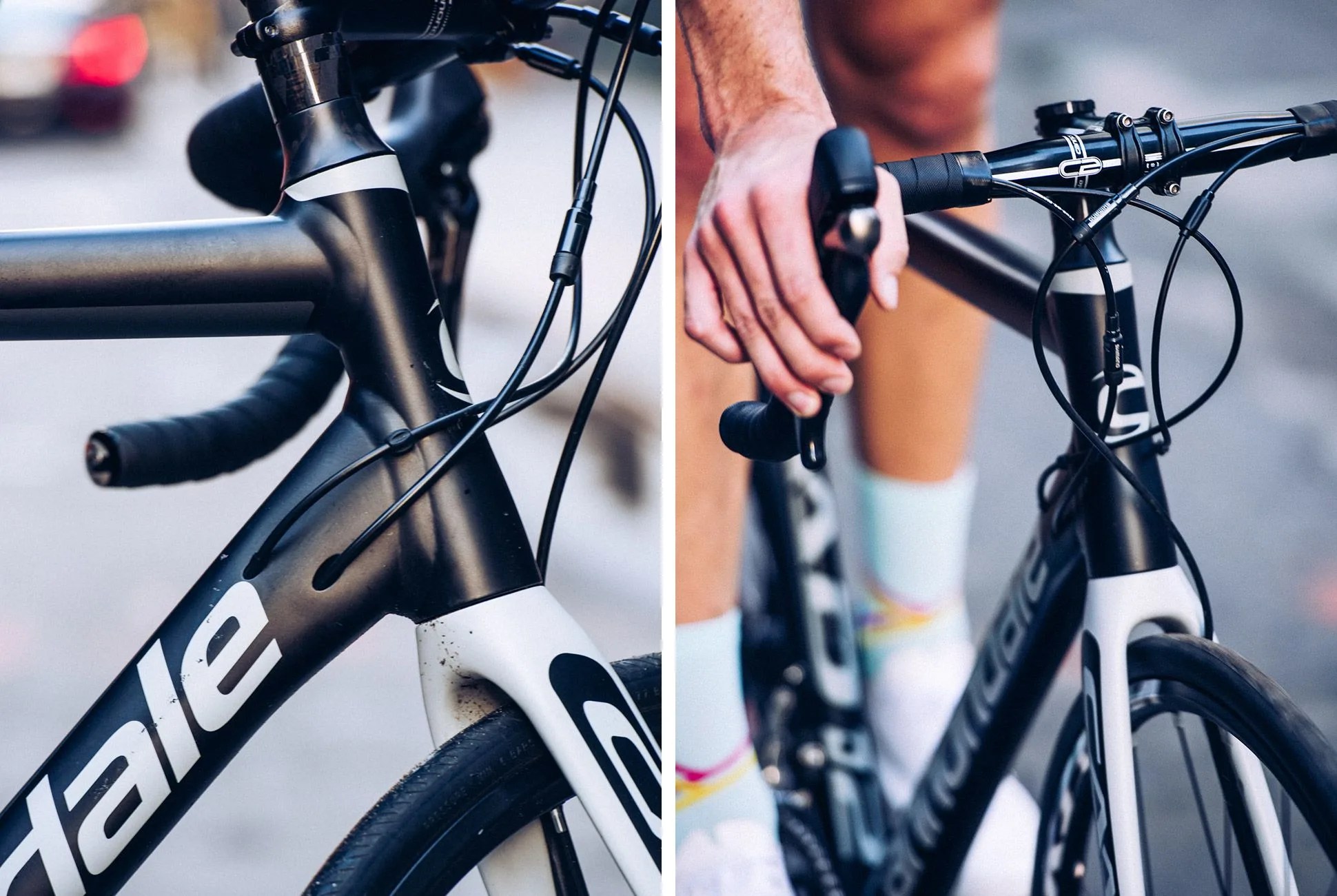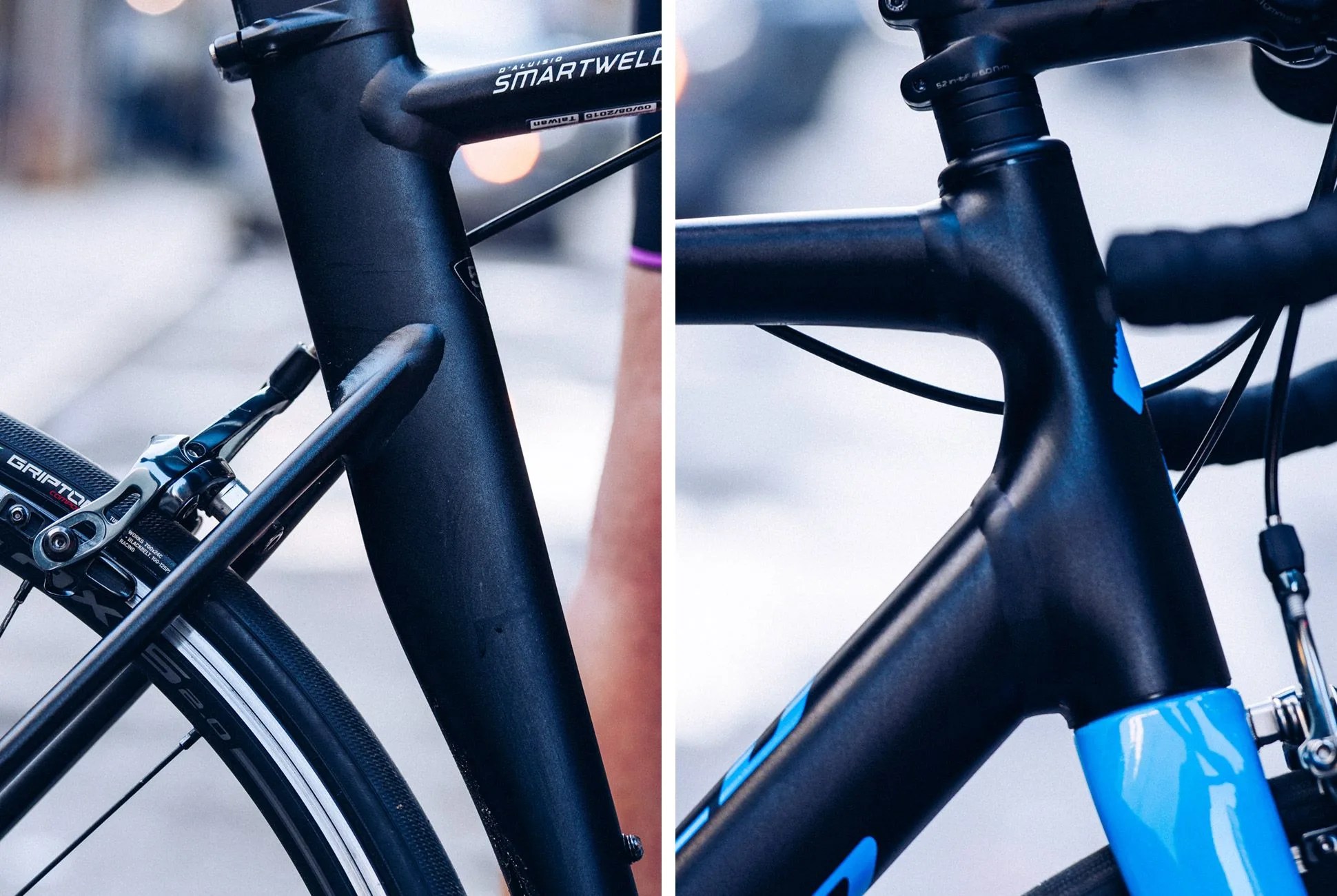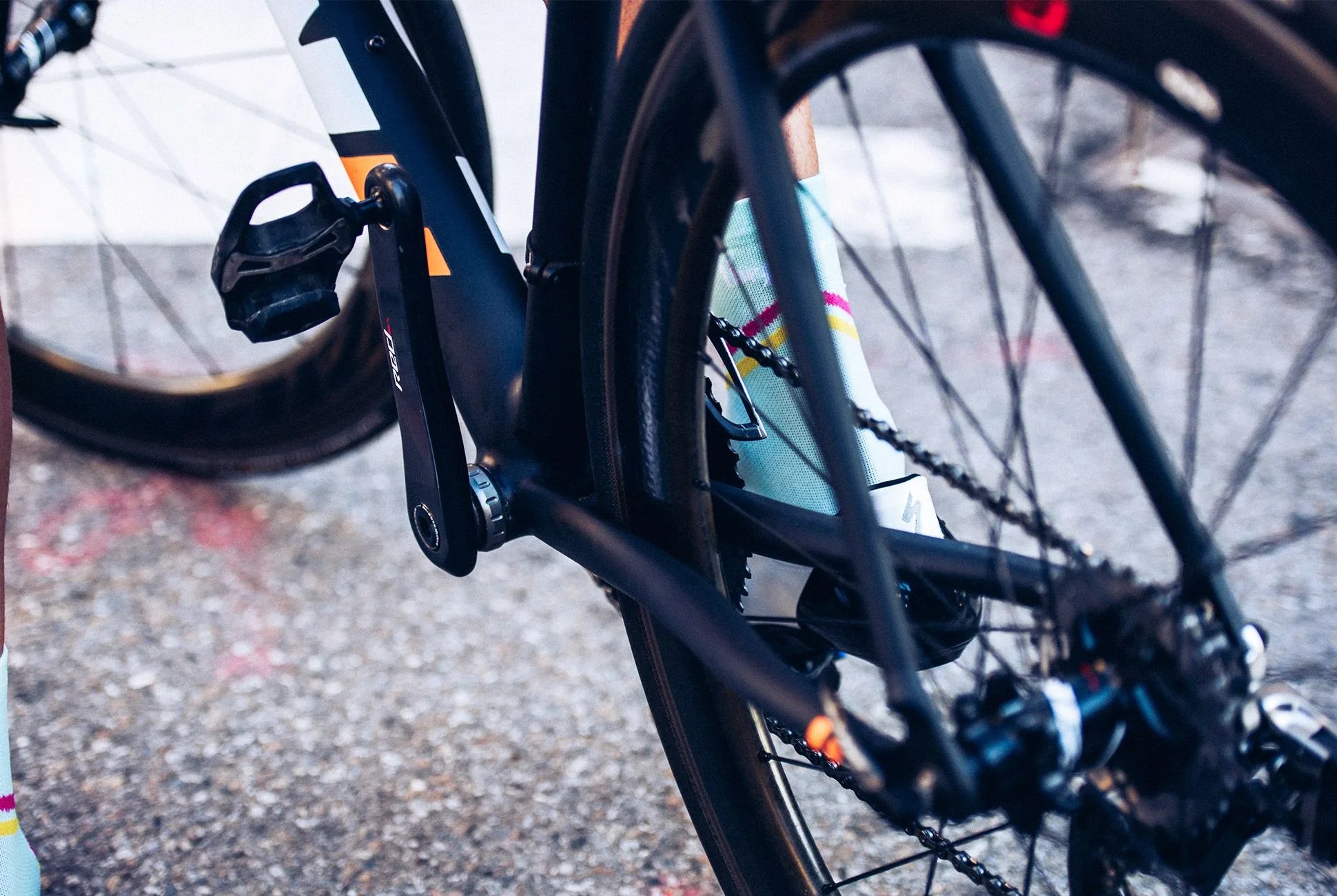Ignore what the shophands, old men straddling Dogma F8’s and those dastardly bike reviewers tell you — aluminum is not harsh, not weak, not heavy, not terrible. Not anymore, not for a long while. The use of aluminum, which first rose to cycling eminence in the ’80s and ’90s, has evolved in the past three decades with ginormous strides from major manufacturers and custom builders. Shaping by hydroforming (Cannondale calls this “Smartformed”; Specialized calls it “Smartweld”) now makes joints stronger, tube shapes more compliant, and bottom brackets even stiffer. So while those fancy-ass carbon bikes are extremely, fantastically good, aluminum gives riders all of the same perks at a quarter of the cost (for a quality treatise on the material, check out this article).
If you’re in the market for an aluminum bike, inevitably, people will point out that you should buy a carbon fiber bike, if you have the money. They’ll say: “carbon fiber is lighter, stiffer and more compliant,” implying that it is, therefore, better. But this argument is flawed. The best carbon fiber layups and designs can achieve better strength to weight and stiffness to weight ratios than aluminum, but that doesn’t mean a carbon fiber bike is inherently lighter, stiffer and more compliant than an aluminum bicycle. And, neither means that it’ll make a difference to most riders.
The draw of carbon is often, then, a peacocking affair. In many ways, it follows the same argument as buying a V12 engine over a V6. Do you really need 500 horsepower on your daily driver? No — and you’ll likely never tap into half of the car’s potential (especially with stock parts). But, it is the most expensive and best performing, and that ends up being the draw. Which is totally fine. I love top-of-the-line, even when I can’t use it to its full potential. But, thinking that way and therefore writing off aluminum is ridiculous. Each bike needs to be considered for its own merits, and the value to the rider. Don’t hamstring yourself by saying you want only an aluminum bike or only a carbon bike. Buy the bike that fits for you, your riding needs, your ego, and your wallet. Often, that is going to be an aluminum bike.
If you need more convincing, consider this: almost all of the Cannondale Supersix Evo 2016 line weighs in under the UCI bike weight minimum of 14.99 pounds (in size 56). That means the average rider is riding a machine that tips the scale lighter than Chris Froome’s bike. And, comparing a similarly spec’d CAAD12 and Supersix, the bikes have only about a pound difference in weight. No normal rider is feeling that (though they will feel the $1,000+ price difference). Also, with comparable stiffness and compliance, there’s a minimal ride-feel difference as well, likely more affected by wheels, seat post or even the rider’s chamois. In the end, buyers should buy the bike that works for them — don’t bring to the bike shop an unfounded bias that carbon is the holy grail.
Cannondale CAAD12 Disc Ultegra
8 photos
7 photos
10 photos

























